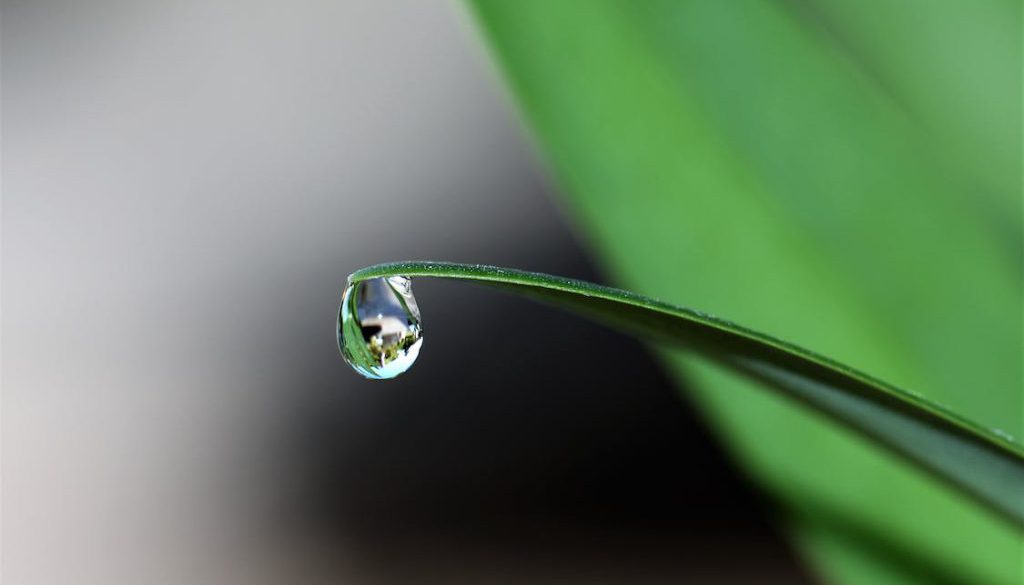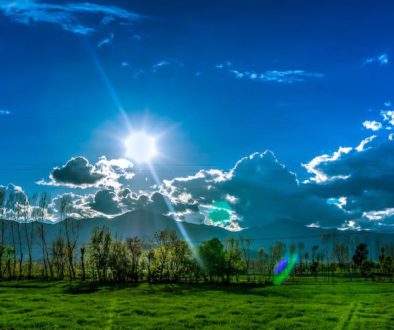Nature’s grand masterpiece, the water cycle, is a continuous journey of water as it travels from Earth’s surface to the sky and back again. At the heart of this process lie key stages: evaporation, condensation, precipitation, and transpiration. Together, they form a dance of elements vital for life on Earth, ensuring every droplet finds its way back home.
Evaporation
Ever wondered where that puddle went after a sunny day? Thank the process of evaporation. As the sun’s rays gently caress the Earth’s surface, they turn water into water vapor, lifting it into the atmosphere. Oceans, with their vast expanses, are the primary contributors, followed by rivers and lakes. It’s this solar-driven transformation that sets the stage for our droplet’s aerial adventure.
Condensation
Up above, the water vapor begins its metamorphosis. This is where condensation takes the lead, turning the vapor back into tiny water droplets. These droplets gather, forming majestic clouds or even the mysterious fog we see on chilly mornings. And sometimes, if you’re lucky, you might even spot some spectacular cloud formations painting the sky.
Precipitation
Now, our droplet is ready for its descent. As part of the precipitation process, it could manifest as rain, snow, or even hail. Ever been curious about how raindrops form? It’s a meticulous process involving droplet aggregation in the atmosphere. Snowflakes and hailstones, too, have their unique creation tales, with intricate designs and formations.
Transpiration
Plants, Earth’s green wonders, play their part in the water cycle through transpiration. As they take up water from the soil, they release excess moisture back into the atmosphere. This delicate balance influences agriculture, ensuring our crops get the hydration they need. Moreover, transpiration adds a refreshing twist to the cycle, accentuating its interconnectedness.
Groundwater Movement
But not every droplet takes to the skies. Some seep down, becoming part of the intricate world of groundwater movement. This underground journey is vital for ecosystems, replenishing water sources and ensuring balance. Human activities, however, can impact this movement, highlighting our responsibility to protect this precious resource.
Conclusion
From soaring high in the clouds to diving deep underground, the water cycle’s journey is filled with intrigue and wonder. It’s a story of resilience, transformation, and the sheer beauty of nature’s processes. As we unravel the intricacies of rain, snow, and hail formation, we’re reminded of the cycle’s significance for life on Earth. Every droplet, every movement, contributes to the beautiful symphony of our planet.




